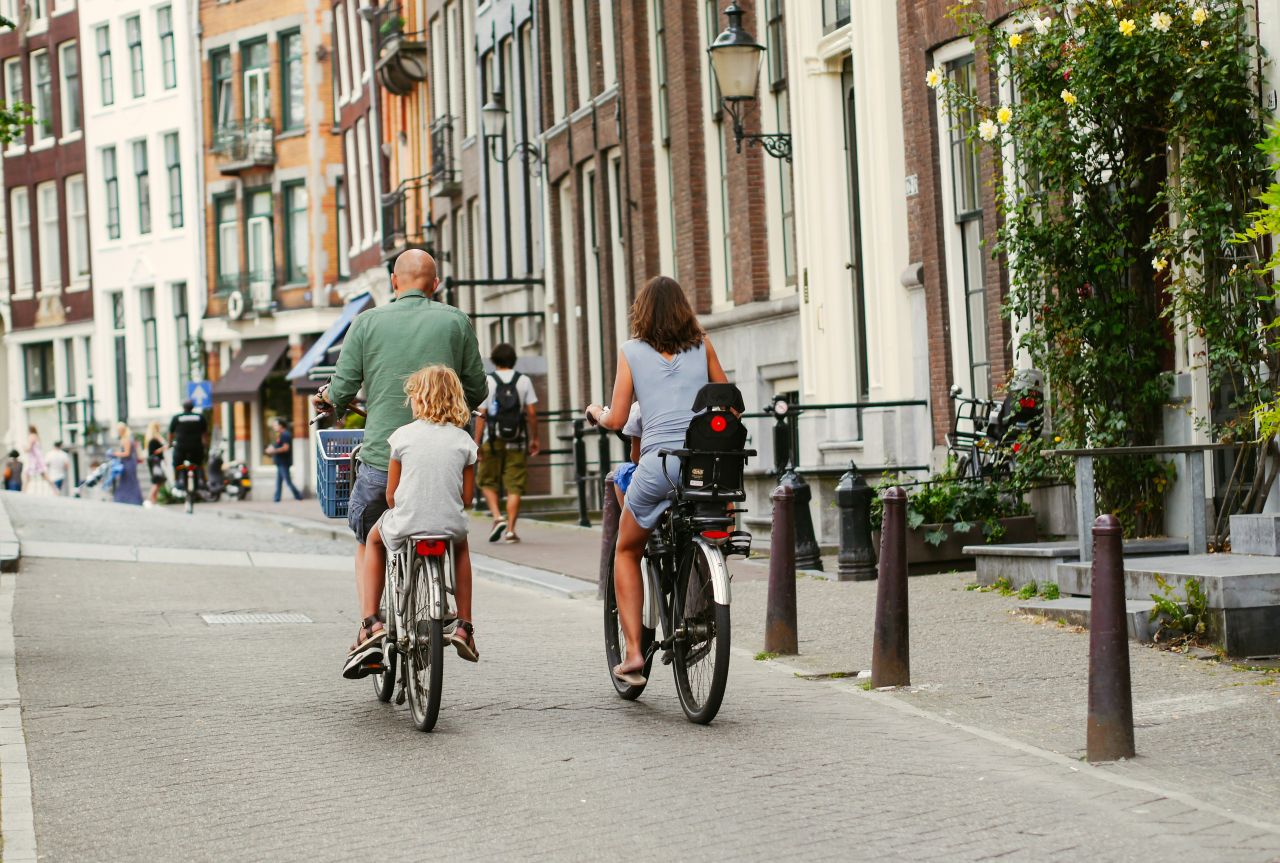Who do we learn with?
The environmental petal revolves around collaborating with external parties in the street, neighborhood, municipality, or region surrounding the educational institution's building. Think of parents, neighbors, community initiatives, local businesses, and the city. More people and organizations are engaged in sustainable development. But how exactly we can achieve the transition to a sustainable world is a learning process for everyone. Educational institutions can make a significant contribution to this process.
At every stage, it is valuable for educational organizations to collaborate with their neighbors on sustainability. Suppose a collaborative network of people, organizations, and companies, passionate about sustainability, develops around the educational institution. In that case, students can learn, together with partners from this network, how they can make a difference. If the topic is still new to the educational institution and the surrounding network, it can offer opportunities to inspire each other and exchange knowledge and experiences. Parties from the surrounding area can also call on the school to involve students in solving "real sustainability issues" facing society.
In addition to collaborating with various parties involved in the educational organization, this petal also addresses the interaction with physical spaces in the surrounding area, such as the neighborhood or the nearby park. These spaces can be used to learn about sustainable development. How much greenery is there in this area, and how much gray? Are there many cars? Are there bike paths? How many trash bins are there? And where are the recreational opportunities? Themes such as mobility, climate adaptation, and biodiversity come to life when explored within the physical learning environment of the educational organization. Go to tools ...

